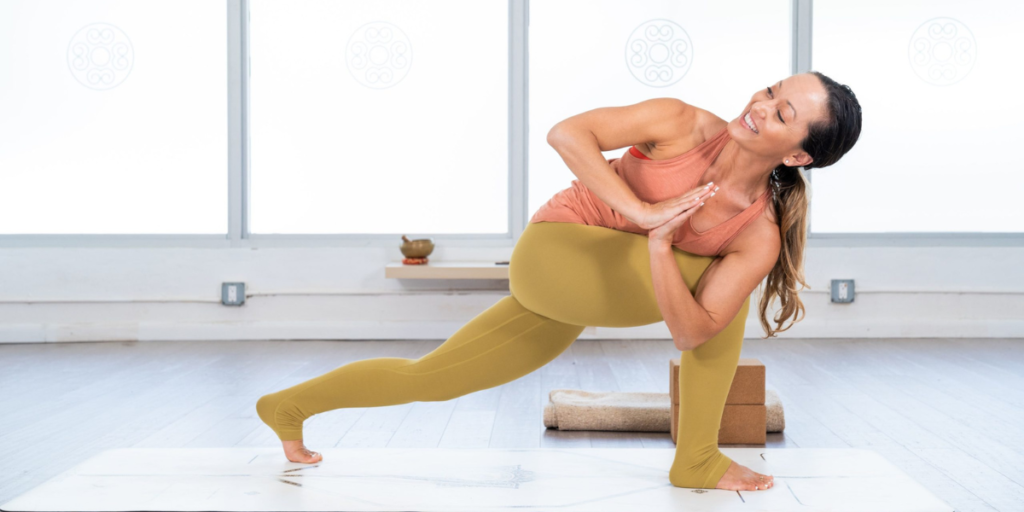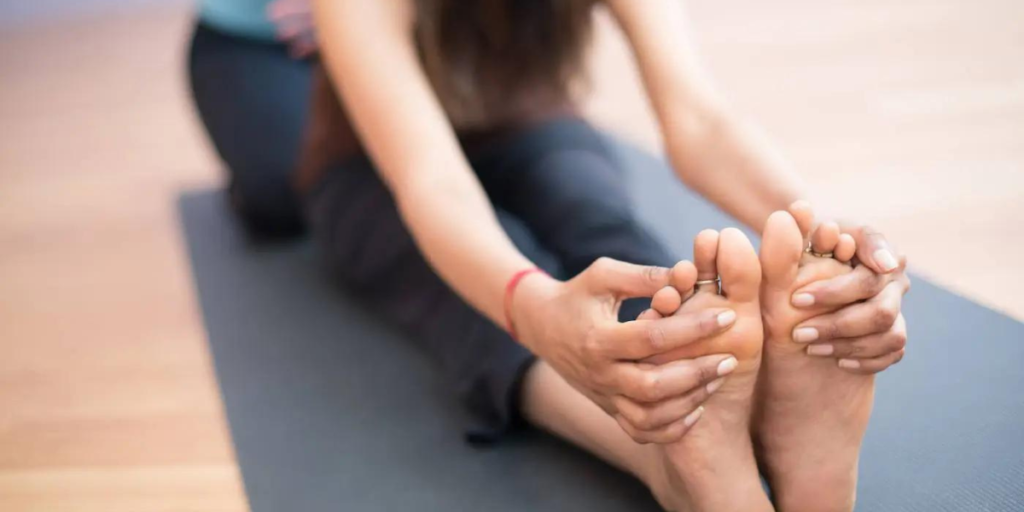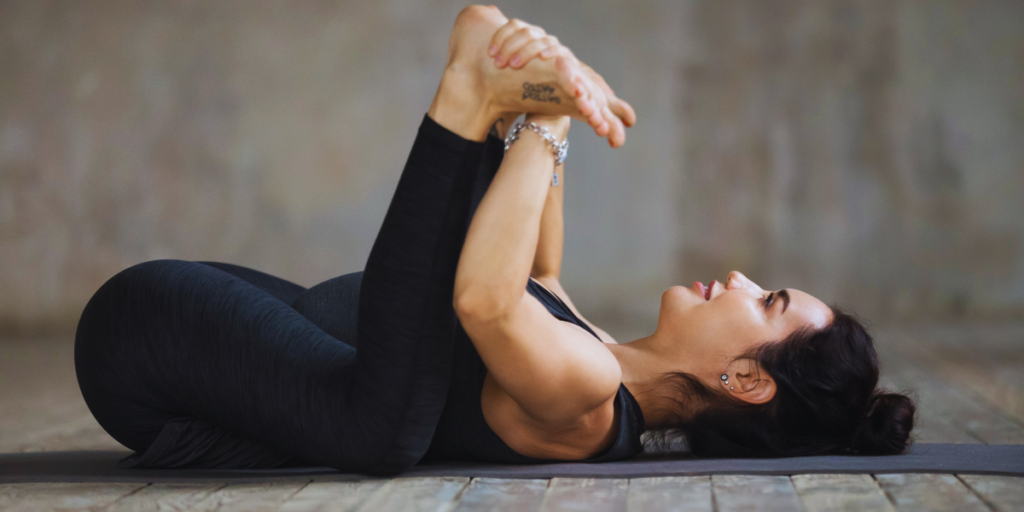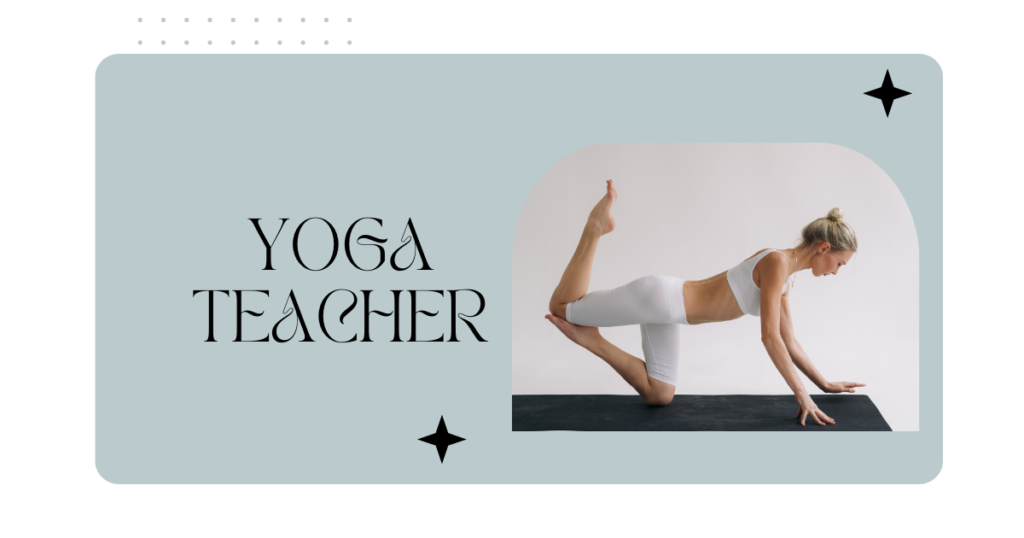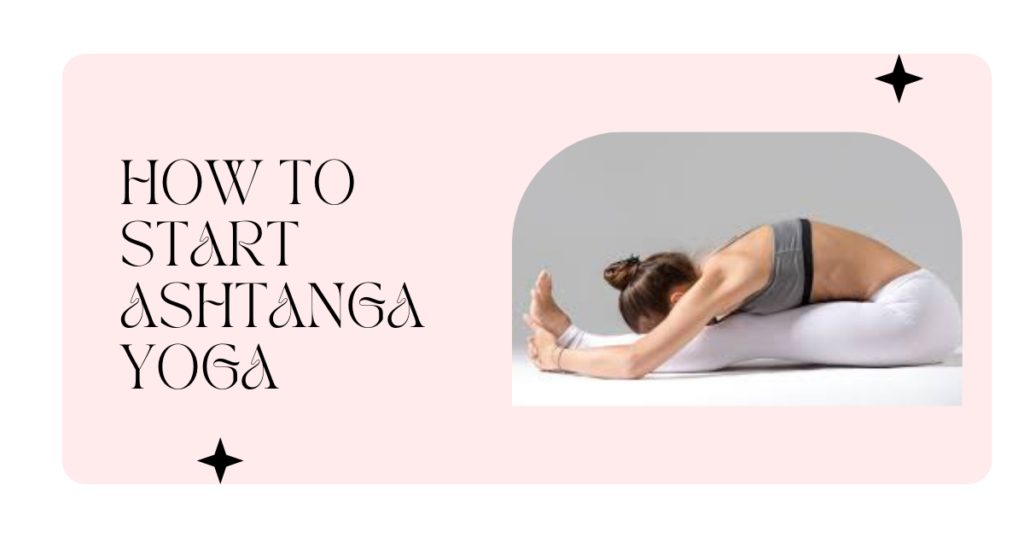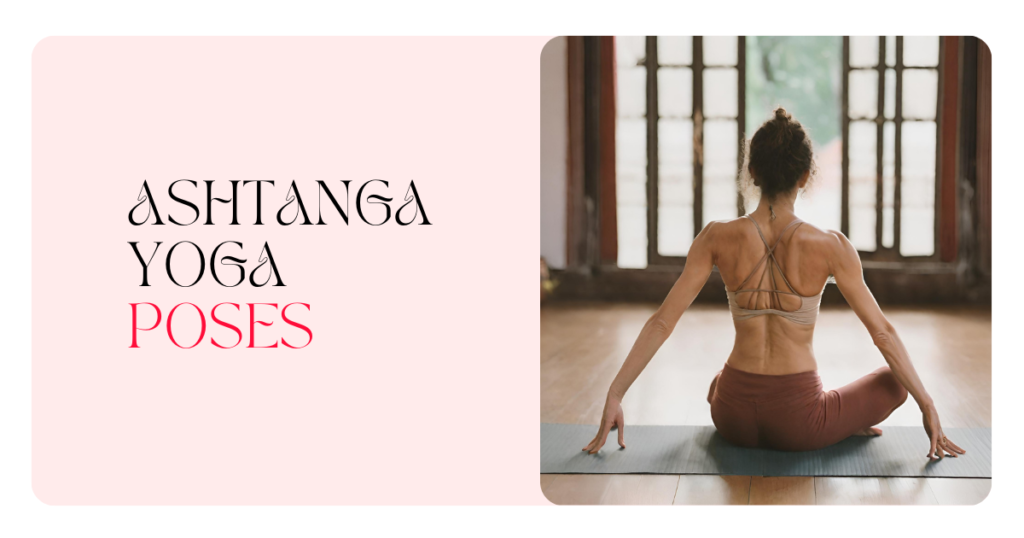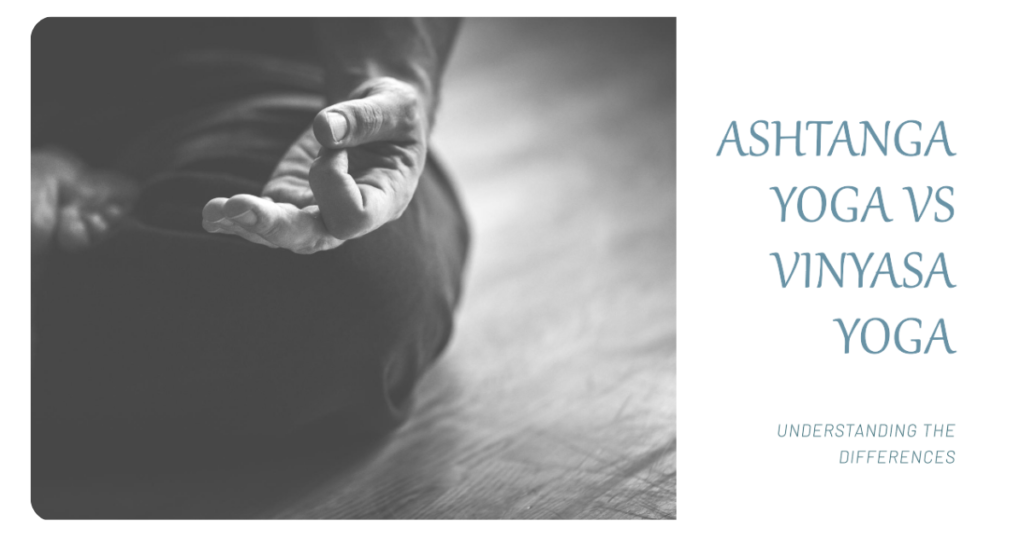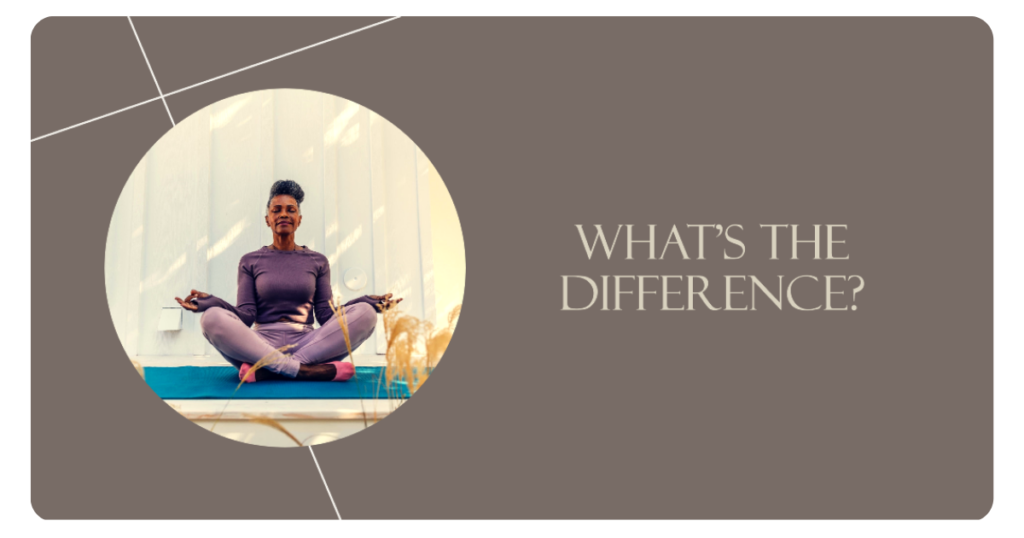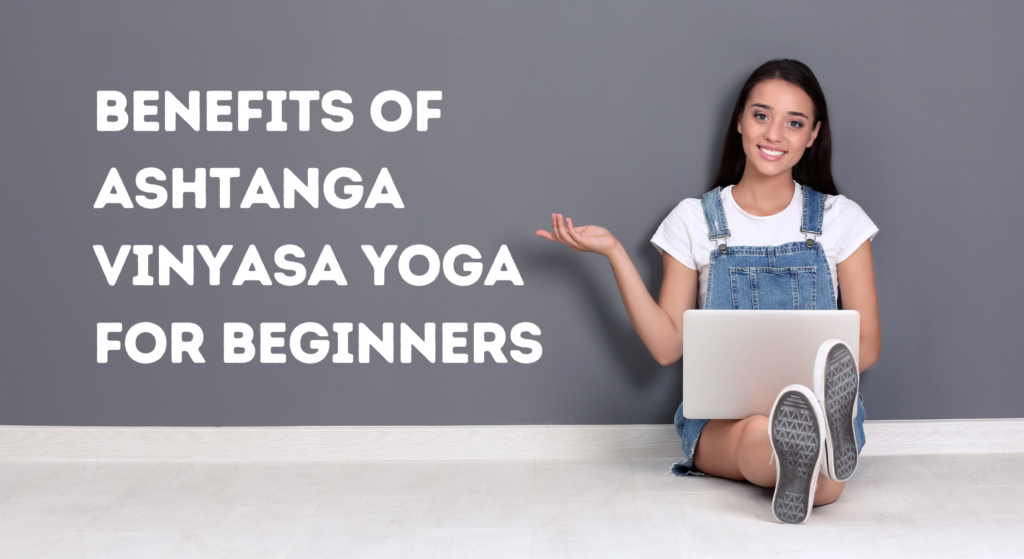
Ashtanga Vinyasa yoga is a powerful and energetic style of yoga that links breath with movement. It consists of a set series of poses that are practiced in the same order, allowing practitioners to flow from one posture to the next. While Ashtanga brings great benefits, some may wonder if it is suitable for yoga beginners. The answer is a resounding yes! Ashtanga is an extremely advantageous style of yoga for those just starting their practice. It builds strength, flexibility, and concentration and reduces stress among many other rewards.
Background on Ashtanga Yoga
Ashtanga originated from an ancient yoga text and was formalized by Sri K. Pattabhi Jois in Mysore, India during the 20th century. The term “Ashtanga” refers to the 8 limbs of yoga, which serve as guidelines for living a purposeful, meaningful life. What distinguishes Ashtanga from other schools is its set sequence of postures, connection to breath, and quick, flowing pace. Practitioners move rapidly from one pose to the next in conjunction with their breathing. This produces an internal heat designed to purify and detoxify the body. Ashtanga sequences begin simply and then gradually increase in difficulty allowing beginners to build solid foundations before progressing. more
Benefits of Ashtanga Yoga for Beginners
Ashtanga yoga provides beginners with a wide range of physical and mental rewards right from their first class. Some of the many benefits are outlined below:
Builds Strength and Flexibility
The flowing movements of Ashtanga paired with holding postures for extended times lead to improved strength and flexibility. Moving through the sequences tones and strengthens all the major muscle groups in the legs, arms, and core. The postures also gently stretch the muscles and joints, increasing the range of motion. As beginners develop greater stamina and flexibility, they will find their bodies less prone to injury both on and off the mat. The increased strength and limberness achieved through regular Ashtanga practice will positively impact daily activities.
Boosts Energy and Stamina
The rapid, flowing pace of Ashtanga sustains an elevated heart rate that burns calories and gets oxygen circulating throughout the body. Controlled yogic breathing interspersed throughout the practice maximizes energy levels. The combination of cardiovascular activity and enhanced lung capacity leads to beginners feeling more energized and vibrant. Greater stamina achieved on the mat through Ashtanga translates to increased vitality in other areas of life as well.
Encourages Weight Loss
Ashtanga is effective for weight loss on several fronts – it burns calories, builds metabolism, and tones the body. The sustained sequence of vigorous poses keeps the heart rate elevated which burns fat. It also builds lean muscle mass which in turn speeds metabolism even when at rest. Many postures involve twisting which specifically targets fat deposits around the internal organs. Weight loss occurs gradually through regular practice as the body becomes more efficient at burning calories and unwanted fat deposits are reduced.
Reduces Stress
The concentration required to breathe correctly while linking movement also triggers the relaxation response. Ashtanga directs awareness inward which quiets the mind and relieves stress. Finding focus while holding balancing postures provides a positive distraction from circulating worries. The sense of accomplishment that comes from progressing through the challenging flows also reduces anxiety and frustration. Beginners will find both their bodies and minds more relaxed after each class. The ability to manage stress developed on the mat will be beneficial in handling daily life off the mat as well.
Supports Concentration
Ashtanga yoga by its very nature requires deep focus and concentration. Practitioners must connect breath with movement which involves coordinating inhales and exhales with flowing sequences. Ashtanga also utilizes balancing postures which compel beginners to narrow their focus to find and retain their center of gravity. This degree of concentration strengthens mental stamina and awareness both during practice and afterward. Beginners will find their ability to concentrate improves allowing them to be more present and attentive to the task at hand whether at work, home or play.
Tips for Ashtanga Beginners
While Ashtanga yoga provides immense rewards, there are several things beginners should keep in mind:
- Start with an introductory Ashtanga course to learn the foundations properly from an experienced teacher before joining regular classes. Understanding the basics first is key.
- Take classes at a studio if possible, especially in the beginning. Having a teacher provide guidance on alignment, corrections, and modifications is extremely valuable when starting out.
- Don’t push too hard when first starting in order to avoid injury. Allow the body to gain flexibility and strength slowly over time. Know limitations and ease up if needed.
- Expect some muscle soreness initially and take rest days as needed. Soreness will decrease as the body adjusts.
- Make practicing Ashtanga a consistent habit rather than an occasional endeavor in order to reap the most rewards. Even 15-20 minutes several times a week is beneficial.
Beginner Ashtanga Yoga Poses
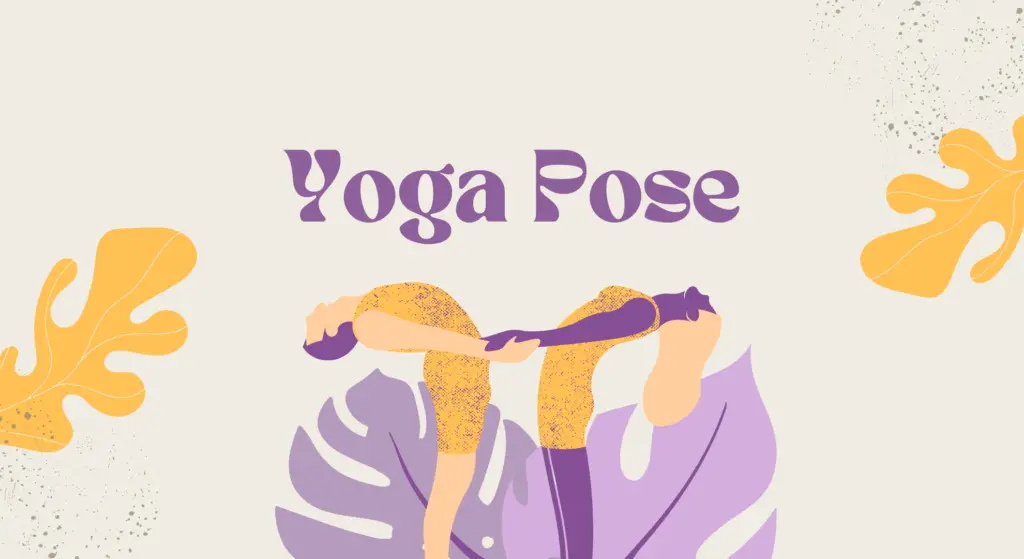
The primary series of Ashtanga yoga contains several foundational poses suitable for beginners:
Surya Namaskar A
- A flowing sequence of 9 postures linked with breath that comprise the Sun Salutation A series.
- Tones and strengthens the entire body and builds heat and flexibility.
- Teaches breathing technique and movement flow.
Utkatasana (Chair Pose)
- Standing pose that engages leg and glute muscles as if sitting in a chair.
- Strengthens and tones lower body, and improves balance.
- Releases tension in shoulders and back.
Utthita Trikonasana (Extended Triangle Pose)
- Standing pose in a split stance with opposite arm and leg extended.
- Stretches legs, opens hips and shoulders, stimulates organs.
- Improves balance and concentration.
Parivrtta Trikonasana (Revolved Triangle Pose)
- Twist on a basic triangle by rotating the torso over the front leg.
- Stretches spine and shoulders, stimulates abdominal organs.
- Improves spinal flexibility, balance, and coordination.
Virabhadrasana I (Warrior I Pose)
- Powerful standing posture in a split stance with arms reaching upwards.
- Tones lower body, strengthens shoulders and back.
- Boosts energy levels and stamina.
5 more beginner-friendly poses detailed…
Baddha Konasana (Bound Angle Pose)
- Seated posture with soles of feet together and knees out to the side.
- Stretches inner thighs, groin, and knees.
- Calms the mind and aids relaxation.
Upavistha Konasana (Wide-Angle Seated Forward Bend)
- Seated posture with straight legs spread wide apart.
- Stretches hamstrings, calves, hips and spine.
- Stimulates pelvis and digestive organs.
Balasana (Child’s Pose)
- Resting posture on knees with torso lowered over thighs.
- Gently stretches hips, thighs, and ankles.
- Reduces stress and fatigue.
Adho Mukha Svanasana (Downward Facing Dog)
- Inverted “V” shape supporting body with hands and feet.
- Strengthens arms and legs, and stretches shoulders and hamstrings.
- Calms the brain and relieves headaches.
Savasana (Corpse Pose)
- Flat resting pose lying on back with eyes closed.
- Allows the entire body to integrate the practice.
- Reduces tension, quiets mind.
The great thing about Ashtanga is that even newer yogis can perform beginner variations while building up their practice over time. There is room for students of all levels to be challenged and see results.
The key for starters is going at their own pace with the guidance of a teacher. Ashtanga yoga will unlock incredible benefits even during the early stages of practice.
Conclusion
Ashtanga yoga is a superb style of yoga for beginners seeking an invigorating practice that builds strength, flexibility, and concentration while torching calories and reducing stress. The set sequence allows newer practitioners to become comfortable before moving to more advanced postures. Ashtanga delivers a total mind and body workout.
While Ashtanga moves at a faster pace than other schools, beginners should not feel intimidated. There are plenty of entry-level poses to provide a solid foundation. Teachers also offer modifications to make more difficult positions accessible. Progress develops naturally over time through regular practice.
Newcomers to yoga will find their bodies becoming stronger, leaner, and more flexible after just a few Ashtanga classes. Their focus and ability to de-stress will also improve from the linking of breath and movement. Ashtanga yields immense physical and mental rewards that carry over off the mat into daily life. Anyone up for an uplifting fitness method would do well to try Ashtanga Vinyasa yoga.

